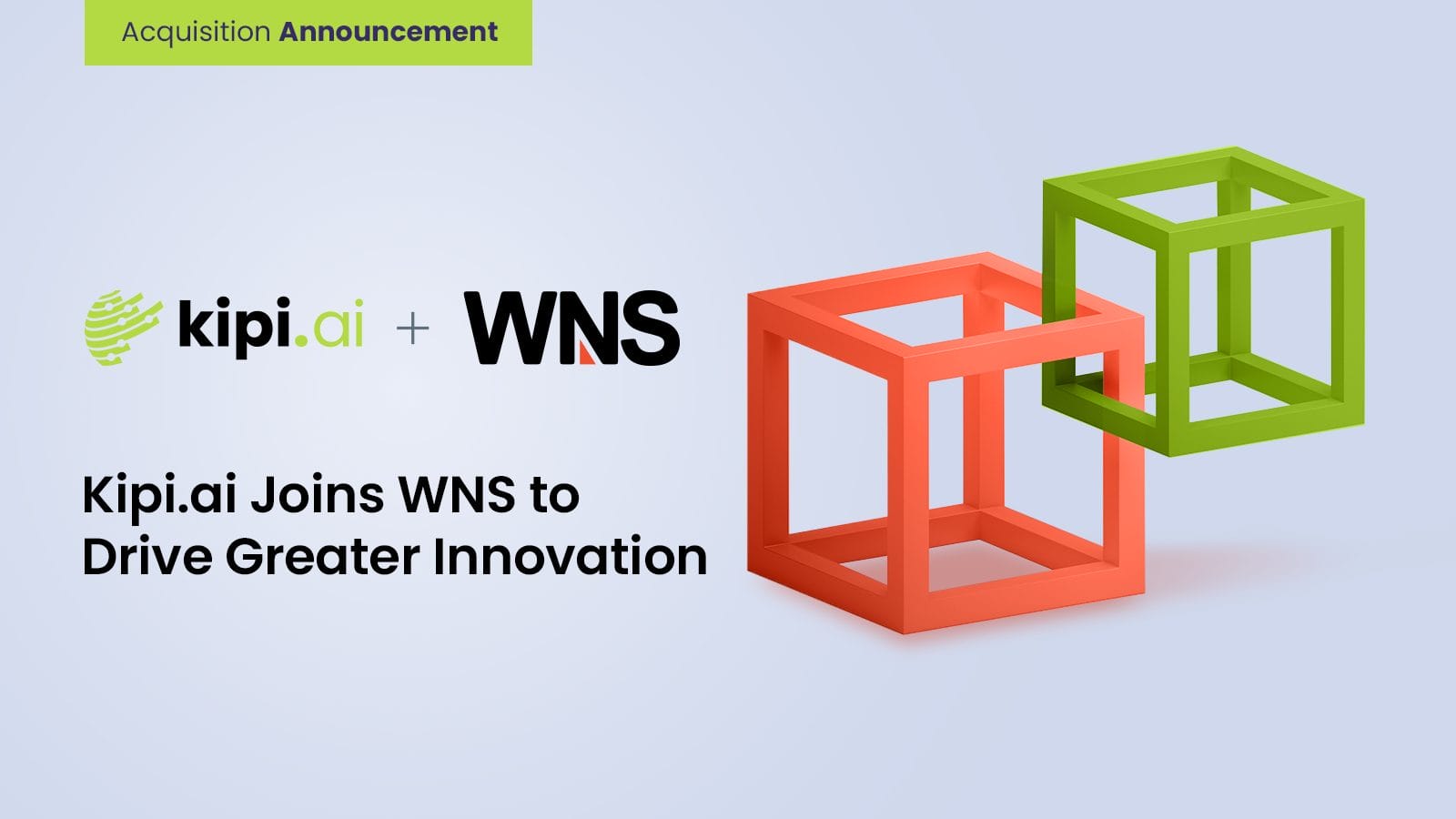In today’s competitive banking environment, having a comprehensive understanding of customers is crucial for providing personalized services and enhancing customer satisfaction. A Customer 360 strategy offers a holistic view of customer data, enabling banks to better understand their customers’ behaviors, preferences, and needs. Snowflake’s data platform provides a robust foundation for implementing a Customer 360 solution. This blog details how a retail bank can implement a Customer 360 system using Snowflake.
Understanding Customer 360
Customer 360 refers to the practice of aggregating all customer data from various touchpoints and systems into a single, unified view. For a retail bank, this includes data from:
- Core banking systems: Account balances, transactions, and loan information.
- CRM systems: Customer interactions, service requests, and feedback.
- Digital channels: Online banking activities, mobile app usage, and social media interactions.
- Third-party sources: Credit scores, demographic data, and external financial behavior.
The goal is to create a comprehensive profile for each customer, enabling the bank to provide personalized services, anticipate customer needs, and improve overall customer experience.
Why Snowflake for Customer 360?
Snowflake is an ideal platform for implementing Customer 360 due to its:
- Scalability: Snowflake can easily handle large volumes of data from various sources.
- Flexibility: It supports diverse data types and formats, allowing seamless integration of structured and unstructured data.
- Performance: Snowflake’s architecture ensures high-speed data processing and querying.
- Data Sharing and Collaboration: Its data-sharing capabilities enable secure and efficient data sharing across different departments and with third-party providers.
Snowflake Marketplace can also be a valuable asset for enhancing a Customer 360 strategy in a retail bank. By accessing third-party data sets available in the Snowflake Marketplace, banks can enrich their customer profiles with additional insights, such as credit scores, demographic data, and behavioral analytics. This external data can be seamlessly integrated with the bank’s internal data stored in Snowflake, providing a more comprehensive and accurate view of each customer. For example, demographic data can help refine customer segments, while credit scores can aid in better risk assessment and personalized loan offerings. The marketplace also offers various data services, such as data cleansing and enrichment tools, which can improve data quality and usability. Utilizing the Snowflake Marketplace enables banks to leverage a broader range of data, leading to more informed decision-making, enhanced customer experiences, and more effective marketing strategies.
| Provider | Dataset | Segment |
| US Workforce & Income Data | Consumer & Demographic | |
| Consumer View | Consumer & Demographic | |
| Affluence Index | Consumer & Demographic | |
| Financial & Economic essentials | Consumer & Demographic | |
| Consumer, Property, Automotive Profiles | Consumer & Demographic |
Business Benefits of Customer 360 on Snowflake
- Enhanced Customer Insights: A comprehensive view of customer data allows banks to understand customer behaviors and preferences, leading to better customer service and personalized offerings.
- Improved Customer Experience: By anticipating customer needs and providing tailored services, banks can significantly enhance customer satisfaction and loyalty.
- Increased Revenue: Personalized services and targeted marketing can lead to higher conversion rates and increased cross-sell and up-sell opportunities.
- Operational Efficiency: Integrating and analyzing data from various sources in a unified platform streamlines operations and reduces data silos.
- Compliance and Risk Management: A holistic view of customer data helps in better compliance with regulatory requirements and more effective risk management.
Business Use Cases
Customer Segmentation
Implementing Customer 360 on Snowflake can revolutionize a retail bank’s ability to understand and engage with its customers. One of the primary use cases is customer segmentation. By leveraging Snowflake’s scalable data platform, banks can aggregate and analyze data from various sources to create detailed customer profiles. This process involves clustering customers based on their transactional behavior, demographics, product usage, and engagement levels. With Snowflake’s robust data processing capabilities, banks can efficiently handle large datasets and apply sophisticated algorithms to identify distinct customer segments. The value here lies in enabling the bank to tailor its services and communication strategies to different customer groups, leading to improved customer satisfaction and loyalty. For instance, high-value customers can receive premium services, while cost-sensitive customers might be offered budget-friendly products.
Personalized Marketing Campaigns
Another significant use case is personalized marketing campaigns. Snowflake allows banks to integrate data from CRM systems, digital channels, and third-party sources to build a comprehensive view of each customer’s preferences and behaviors. By analyzing this data, banks can design highly targeted marketing campaigns that resonate with individual customers. For example, a customer frequently using travel-related services might be offered a travel rewards credit card. Snowflake’s high-speed data processing ensures that these insights are derived in real-time, allowing banks to respond promptly to changing customer behaviors. The value of personalized marketing lies in its ability to enhance engagement, improve campaign effectiveness, and ultimately increase conversion rates.
Cross-selling and Upselling
Cross-selling and upselling are also critical use cases that benefit from a Customer 360 approach. By integrating data from core banking systems and analyzing customer interactions, banks can identify opportunities to offer additional products and services that meet the specific needs of their customers. Snowflake’s data sharing and collaboration features enable seamless integration of internal and external data sources, providing a holistic view of customer needs. For example, a customer with a mortgage might also be interested in home insurance or investment products. The value of cross-selling and upselling is in driving revenue growth and enhancing the customer relationship by providing solutions that align with their financial goals.
Customer Service
Customer service enhancement is another area where Customer 360 delivers significant value. By consolidating customer data from various touchpoints, banks can provide their customer service representatives with a complete view of the customer’s history and preferences. Snowflake’s real-time data capabilities ensure that this information is always up-to-date. As a result, customer service representatives can offer more personalized and efficient support, resolving issues faster and providing relevant recommendations. This not only improves customer satisfaction but also strengthens the overall customer relationship.
Conclusion
Implementing a Customer 360 solution on Snowflake provides retail banks with a powerful tool to understand and serve their customers better. By following the steps outlined above—data ingestion, integration, transformation, modeling, advanced analytics, and visualization—banks can unlock valuable insights, drive personalized customer experiences, and gain a competitive edge in the market. With Snowflake’s robust platform, scalability, and integration capabilities, achieving a comprehensive Customer 360 view is not just feasible but also efficient and scalable.







